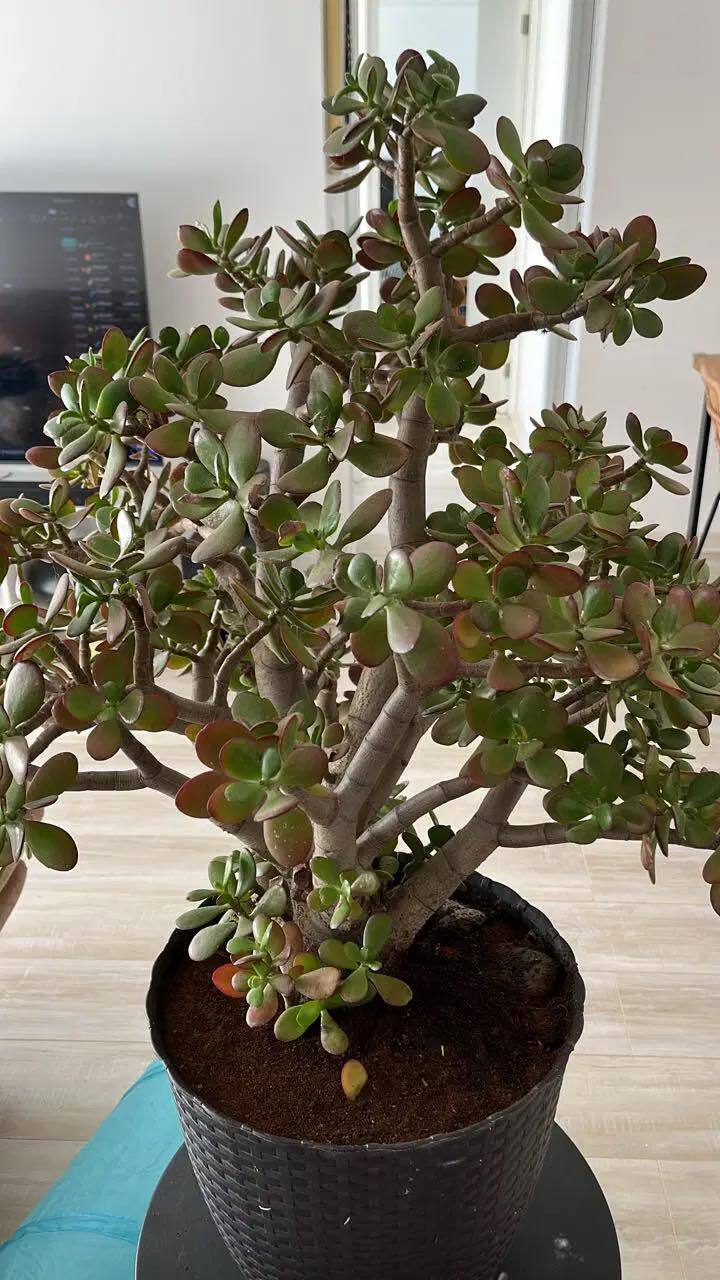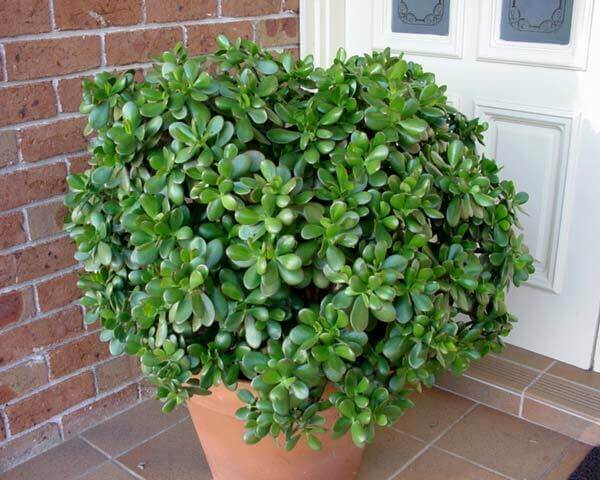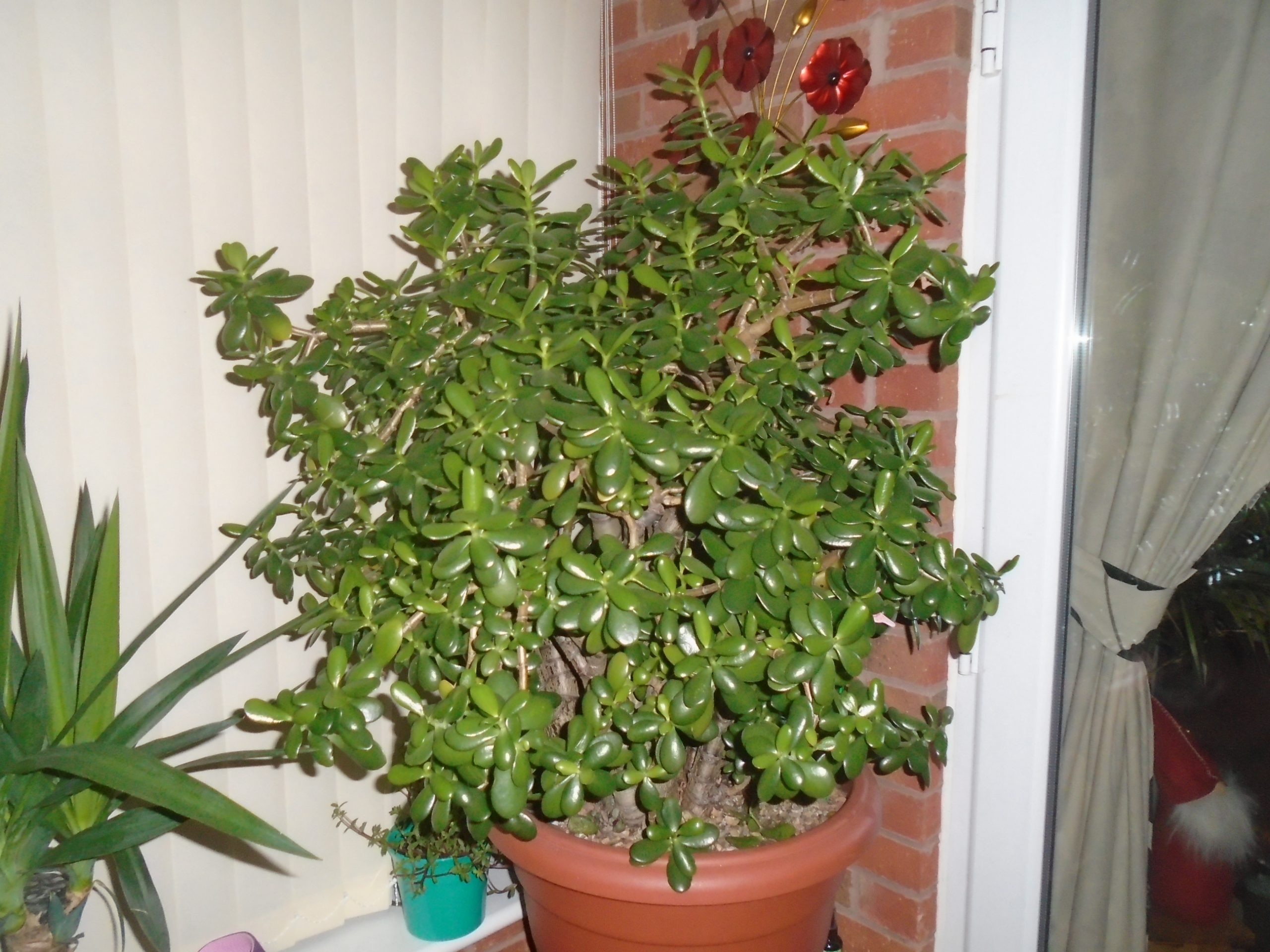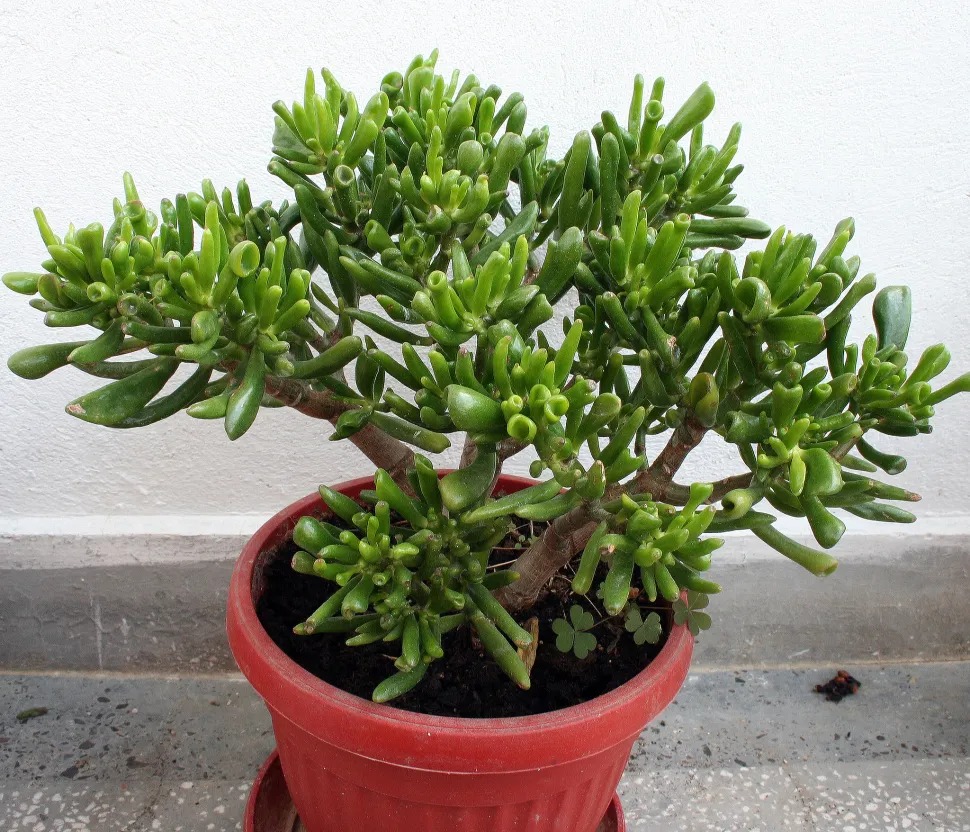
According to Feng Shui traditions, the money tree is more than just a symbol of financial success and prosperity—it’s also believed to attract positive energy and abundance. But there’s another side to this plant that many people overlook: its natural healing properties.
A Plant That Reflects Your Health
This remarkable plant is thought to mirror the health of the people around it. Some believe that when the money tree starts to wilt or look sickly, it’s absorbing the negative energy of someone in the home—typically someone who’s unwell.
Interestingly, when that person begins to recover, the plant seems to revive too, regaining its lush green vibrancy. This deep energetic connection between people and the money tree continues to fascinate many who grow it in their homes.

In natural and traditional medicine, the juice from the money tree’s leaves is commonly used due to its antiviral, anti-inflammatory, and bactericidal properties, along with a high concentration of flavonoids.
Known botanically as Crassula, the money tree is often compared to Aloe vera in terms of its health benefits and healing potential.
Use With Caution: External Application Only
Despite its reputation as a healing plant, Crassula should only be used externally and with care. This is because it can accumulate arsenic. However, houseplants generally carry a lower risk since indoor soil lacks the arsenic content found in some wild soils, especially in Africa or Asia.

How to Use the Leaves for Common Skin Conditions
The plant’s leaves are often called “calluses”—a name that, interestingly, is also a nickname for the plant itself.
1. For Calluses or Rough Skin:
Before applying the leaf, peel off the clear skin on its surface. Then place the leaf directly on the callus, hold it in place with a patch or bandage, and leave it overnight.
2. For Minor Burns:
Crush the leaves into a paste and apply to the burn area (as long as there are no blisters). Cover it with a clean bandage. After about two hours, rinse gently, reapply fresh paste, and replace the bandage.
3. For Cold Sores:
Take a washed leaf, squeeze out the juice, and apply it directly to the affected area. You can also soak a cotton ball or swab in the juice and press it gently onto the sore.
4. For Insect Bites:
Apply the juice every two hours to reduce swelling and relieve itching. The plant’s anti-inflammatory qualities help the bite fade more quickly.
5. Clearing Acne:
Thanks to its natural antiseptic and anti-inflammatory compounds, the juice of the money tree can also help with acne.
If you’re dealing with mild breakouts, simply apply freshly squeezed juice to the affected areas—ideally before bed. This can help soothe the skin and reduce inflammation overnight.

Important Warnings and Contraindications
Despite its many advantages, the money tree isn’t suitable for everyone. Its juice or tincture should not be used by pregnant or breastfeeding women, or by children under 12.
When used with care, this plant is a valuable addition to your home. It’s not only a beautiful indoor decoration but also a potential source of gentle, natural healing.
Just remember: always follow the recommended guidelines closely, and be mindful of any contraindications before using it.